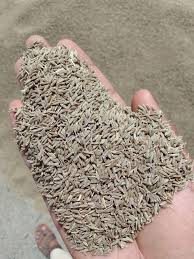Recent statistics have uncovered a remarkable shift in India’s cumin exports, with a notable 21% decline in the initial eleven months of the 2023-24 fiscal year. Surprisingly, this downturn is not driven by reduced demand but rather by the soaring domestic cumin prices. Despite a nearly 21% drop in export volume, the average export price remains elevated, hinting that the export slump is more a consequence of high prices than diminished market interest.
Looking ahead, the Indian cumin market braces for potential disruptions from fresh cumin harvests in key importing nations like China and Turkey. While these countries heavily rely on Indian cumin imports, they are gearing up for their own cumin yields. The emergence of these new crops, deemed of inferior quality compared to Indian cumin, could significantly impact cumin trading activities and pricing dynamics in the Indian market.
Furthermore, the imminent arrival of the monsoon season in Kerala, a pivotal agricultural hub in India, is poised to influence cumin seed demand. The monsoon’s critical role in crop growth and harvest is expected to sway overall cumin seed demand patterns. Farmers and traders are likely to adapt their market strategies based on the monsoon’s progression and its effects on crop yields, thereby shaping the demand landscape for cumin seeds in India.
In essence, the intricate interplay between local pricing trends, global crop dynamics, and seasonal influences like Kerala’s monsoon season is driving a paradigm shift in India’s cumin export arena, underscoring the delicate equilibrium between supply, demand, and market forces.
Source:farmingxpert.com
